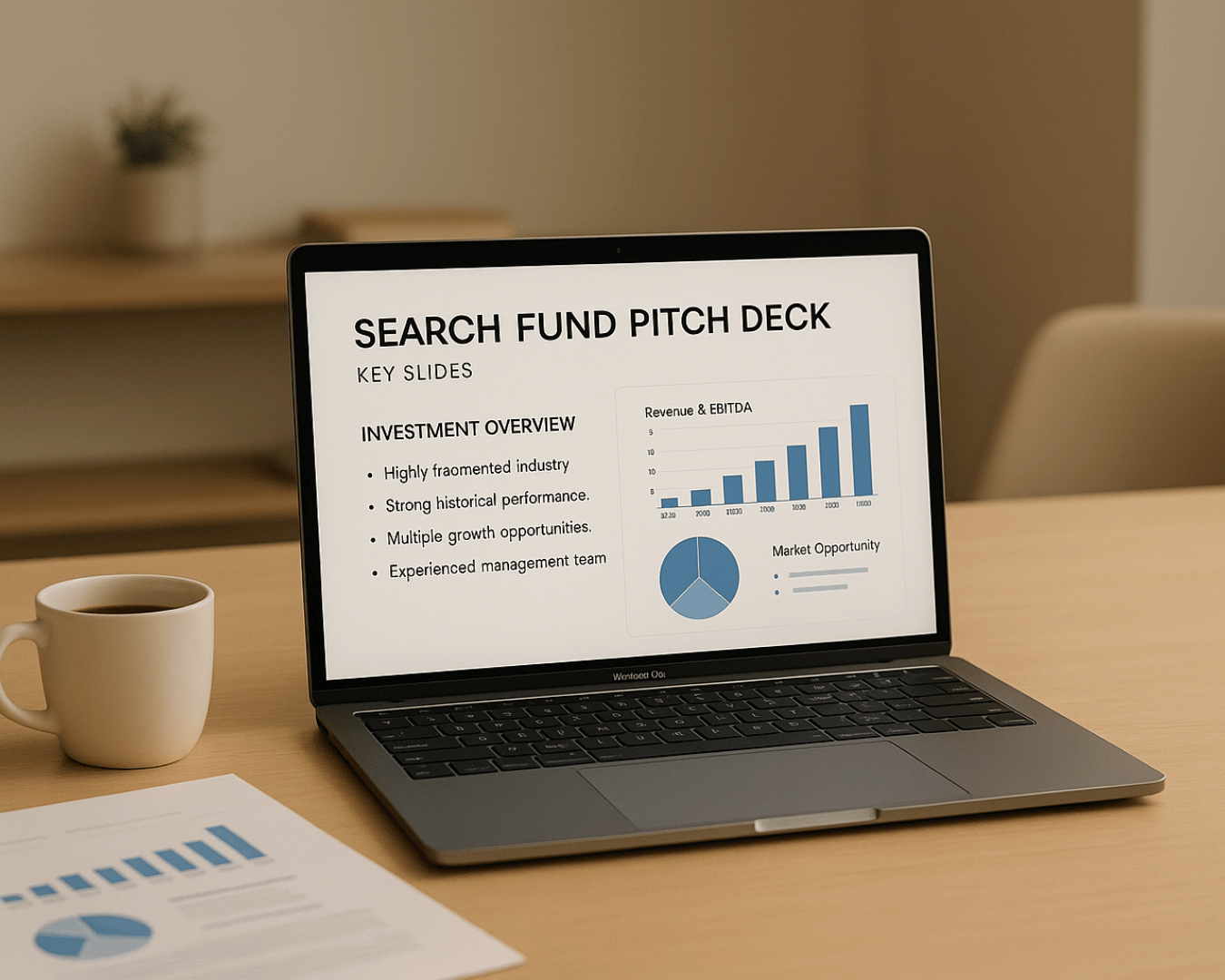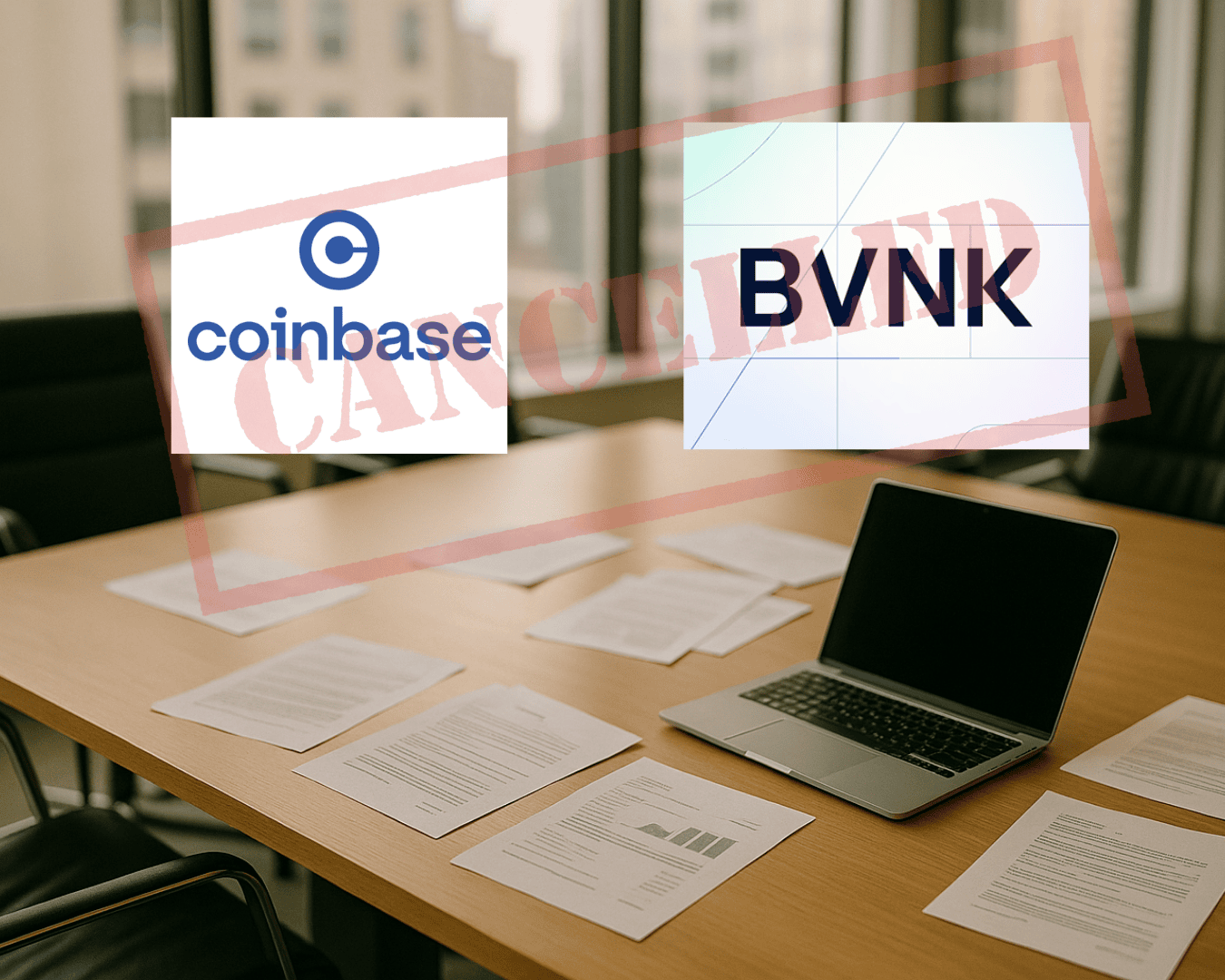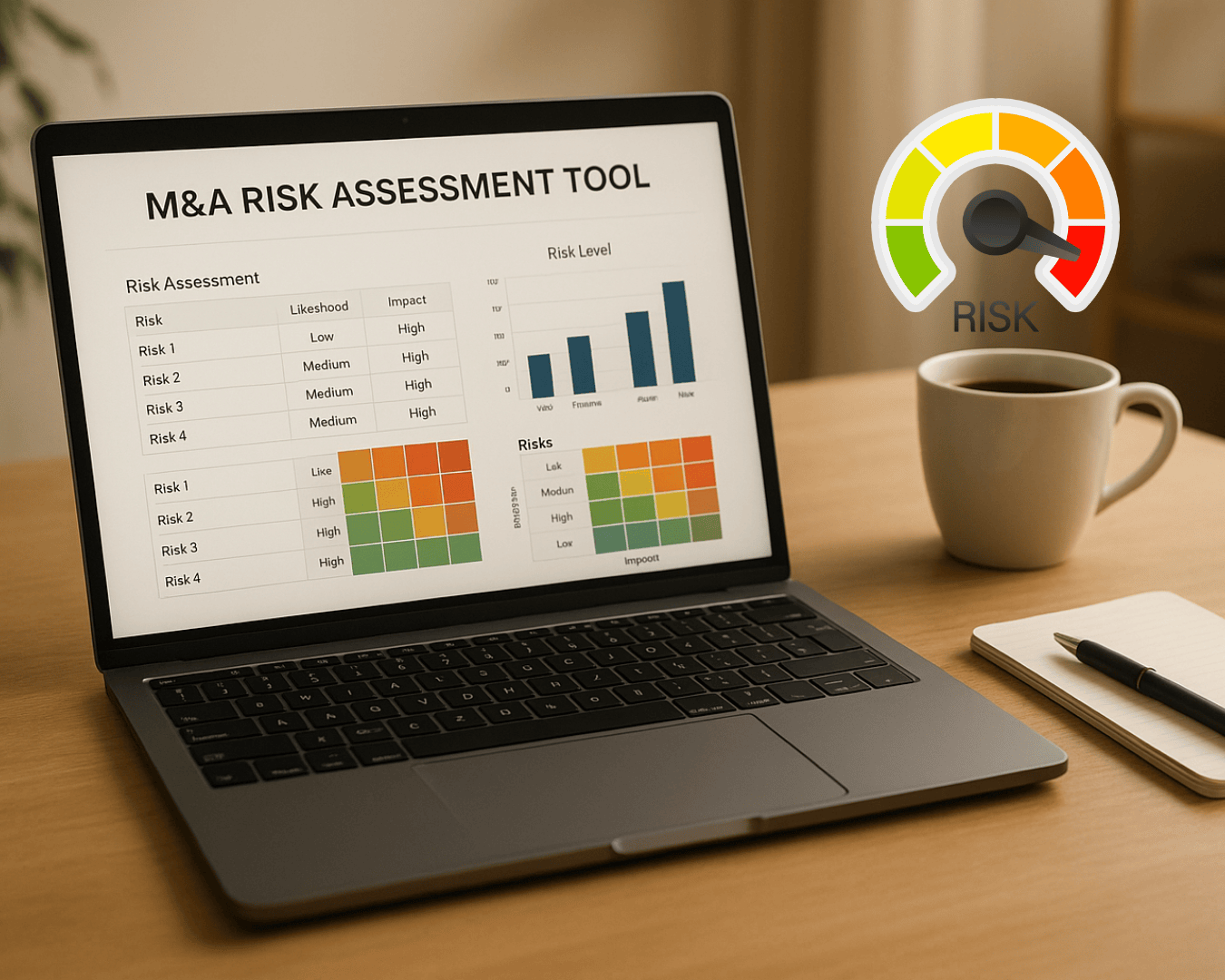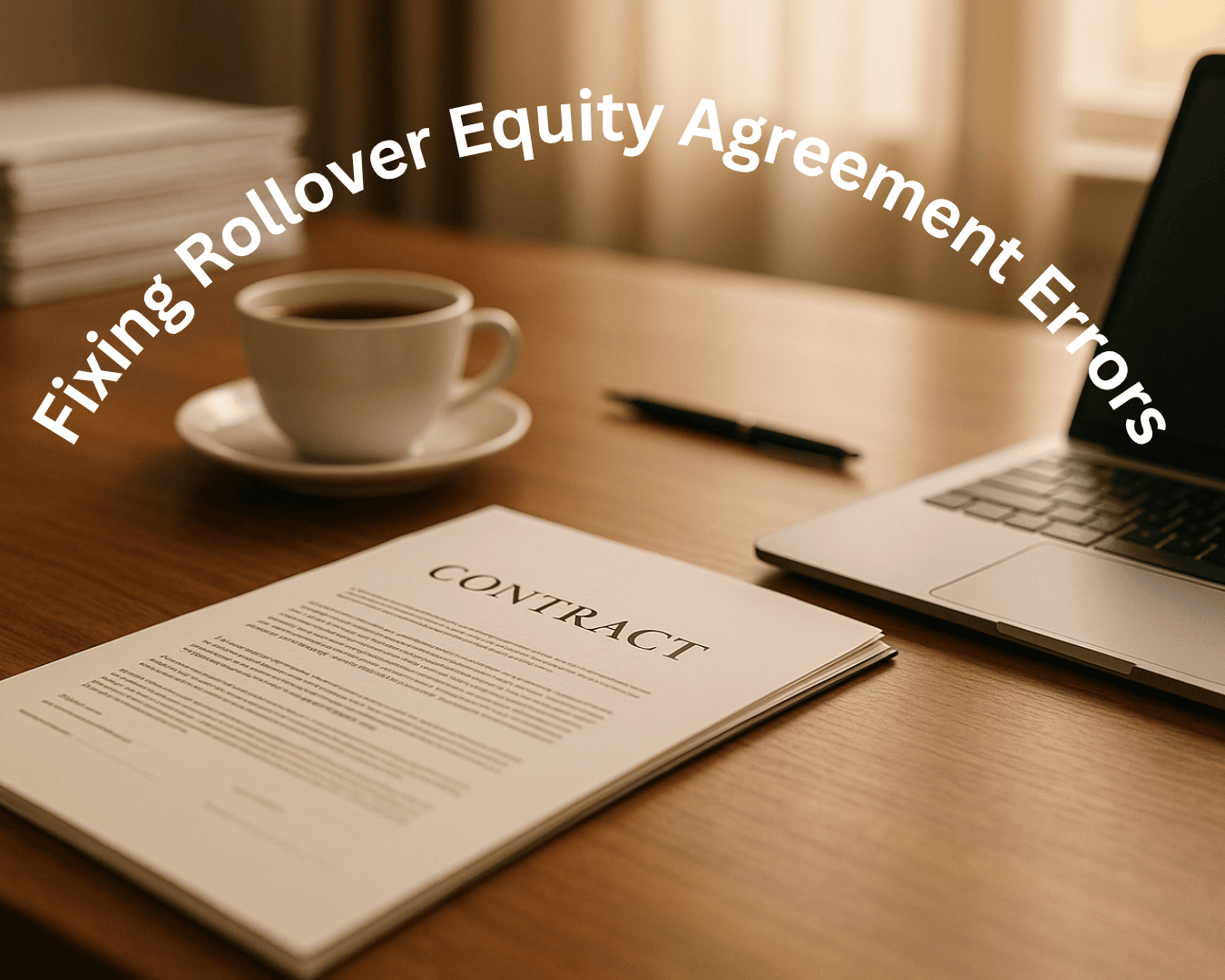User metrics now drive the success or failure of platform acquisitions. Buyers focus on user engagement, retention, and profitability instead of just revenue or growth. Platforms with healthy user behavior command higher valuations, while inflated user numbers without substance are losing appeal. Here's what matters most:
- Key Metrics: Monthly Active Users (MAU), retention rates, Customer Acquisition Cost (CAC), Lifetime Value (LTV), and network liquidity.
- Buyer Trends: Deals are structured around user-driven performance targets, like retention and cohort growth.
- Market Focus: Buyers prioritize platforms with sustainable user engagement over vanity metrics like user count.
- Due Diligence: Tools like cohort analysis, fraud detection, and pricing elasticity tests help verify user quality.
- Valuation Impact: Metrics like LTV-to-CAC ratios (3:1 or higher) and churn rates (<5% monthly) shape deal terms and pricing.
In today’s M&A landscape, understanding and leveraging user metrics is non-negotiable for both buyers and sellers.
All About Apps #11: The M&A Endgame: From Scaling UA to a Successful Exit
Why User Metrics Matter More Than Ever in M&A
The M&A landscape for platform businesses has taken a new turn in 2025. Buyers are no longer just chasing top-line growth. Instead, they’re focusing on efficiency, sustainability, and solid unit economics that prove a business can scale profitably.
With economic challenges looming, buyers want more than just promises - they need proof. Consistent cash flow and profitable scaling have become non-negotiables, and user metrics now play a pivotal role in providing this evidence. These metrics go beyond traditional financials, offering a clearer picture of a platform’s performance.
Take this as an example: Revenue Acquisition Cost for TSIA Cloud 40 companies hit 2.86, the highest level since Q1 2022. This highlights the growing importance of finding cost-effective ways to drive revenue growth. Similarly, SaaS companies are now aiming for $300,000–$500,000 in revenue per employee as a benchmark for productivity.
What Makes User Metrics Reliable
Not all user metrics are created equal, especially in today’s M&A environment. Buyers are laser-focused on metrics that directly tie to cash generation and revenue flow. Metrics that are measurable, repeatable, and clearly linked to a company’s financial health stand out. These qualities not only make the metrics more trustworthy but also boost buyer confidence in the business’s future performance.
Reliable user metrics also serve as a foundation for understanding broader market trends that influence buyer decisions.
Current Market Trends Affecting Buyer Choices
In this evolving market, buyers are drawn to platforms that can integrate quickly, create operational efficiencies, and maintain resilience during economic downturns. The global sharing economy, for instance, is projected to grow from $150 billion in 2023 to $794 billion by 2031. However, buyers remain cautious, carefully selecting platforms that show potential for sustainable growth.
Consolidation is gaining momentum across platform categories. Established players are snapping up complementary platforms with strong, verified user bases. At the same time, advancements in AI and automation are pushing buyers to evaluate whether a platform’s user base can support automated workflows and help cut costs.
Geographic concentration is another major factor shaping valuations. About 72% of Americans have used a shared service or app, but platforms with strong regional market penetration often attract more attention than those with a scattered national footprint.
In this shifting landscape, buyers are increasingly factoring user-driven risks into how they structure deals and determine valuations. The focus on user metrics has never been more critical.
Core User Metrics That Determine Value
In today’s market, core user metrics are the driving force behind how buyers assess the worth of platform businesses. These metrics provide a window into a platform’s operational health by linking user behavior to revenue. Buyers look for patterns that show consistent user engagement, effective monetization, and steady growth. Platforms that demonstrate clear, repeatable connections between user activity and revenue are seen as more resilient and reliable investments.
Key Metrics: What They Mean and Why They Matter
Several key metrics stand out when evaluating platform performance:
- Monthly Active Users (MAU) and Daily Active Users (DAU): These are essential for gauging user engagement. MAU tracks the number of unique users interacting with the platform over a 30-day period, while DAU measures daily activity. The DAU/MAU ratio is particularly telling - platforms with a ratio above 20% often show strong user habits and regular usage.
- Customer Acquisition Cost (CAC): This metric calculates the total cost of bringing in a new user, including marketing, sales, and promotional expenses. For platform businesses, the goal is to keep CAC stable or reduce it as the platform scales. A rising CAC can signal issues like market saturation or increased competition.
- Lifetime Value (LTV): LTV estimates the total revenue a user generates throughout their time on the platform. The LTV-to-CAC ratio is a critical measure of profitability. Buyers generally prefer a ratio of 3:1 or higher, meaning users generate at least three times the value of their acquisition cost. Ratios below 2:1 can raise concerns about long-term viability.
- Cohort Retention: This tracks how many users stay active over time after their first interaction or transaction. A strong platform often retains 40% or more of its users after 90 days, with retention rates stabilizing rather than declining sharply. This metric highlights whether the platform provides ongoing value to its users.
- Contribution Margin per User: This measures the profit generated by each user after accounting for variable costs tied to serving them, offering a clear view of the platform’s unit economics.
- Network Density: Particularly relevant for two-sided marketplaces, this metric assesses the ratio of supply to demand in specific areas or segments. Higher density leads to better matches, shorter wait times, and greater satisfaction for all users.
- Liquidity: In marketplaces, liquidity reflects the likelihood of a transaction occurring when a user wants to buy or sell. Platforms with liquidity rates above 80% indicate a well-balanced ecosystem where supply meets demand effectively.
Metric Comparison Across Platform Types
Different types of platforms prioritize different metrics. Recognizing these distinctions helps buyers evaluate whether a platform is thriving within its specific category.
| Platform Type | Key Priority Metrics | Healthy Ranges | Warning Signs |
|---|---|---|---|
| Two-Sided Marketplaces | Network density, liquidity rate, take rate | Liquidity >80%, take rate 10-20% | Falling supplier retention, geographic over-concentration (>60%) |
| SaaS-Enabled Platforms | Monthly recurring revenue, churn rate, expansion revenue | Monthly churn <5%, expansion revenue >15% of total | Negative churn or declining contract values |
| Gig Economy Networks | Utilization rate, earnings per participant, geographic coverage | Utilization >60%, earnings growth >10% annually | High participant churn, regulatory compliance issues |
For two-sided marketplaces, maintaining a balance between supply and demand is critical. Take rates - the percentage of transaction value the platform captures - typically range from 10% to 20%. Deviations from this range can signal pricing challenges or unsustainable unit economics.
SaaS-enabled platforms combine software functionality with marketplace or service elements. Metrics like monthly recurring revenue and net revenue retention are key indicators of stability. Platforms with strong customer retention and expansion revenue often attract more attention from buyers.
In gig economy networks, participant satisfaction and regulatory compliance are unique challenges. Metrics like utilization rates (how often service providers are earning on the platform) and geographic coverage are vital for maintaining competitiveness and network density.
Ultimately, the relationships between these metrics often matter more than any single number. For instance, a platform with slightly higher acquisition costs might still stand out if it boasts exceptional retention and a high lifetime value per user. Buyers increasingly focus on how these metrics interact when determining valuation and structuring deals. These insights directly influence the valuation methods and deal terms explored in later sections.
User Quality vs. User Quantity: What Matters More
The focus on user quality versus quantity has seen a major shift in recent years. While platforms used to boast about having massive user bases, today’s buyers are more interested in smaller, highly engaged audiences. Why? Because quality users are more predictable when it comes to revenue, cost less to retain, and consistently deliver reliable cash flows that buyers can depend on.
But what exactly makes a user "quality"? It depends on the platform type. For marketplaces, quality users are those who frequently complete transactions and maintain good ratings. On SaaS platforms, they’re the ones who actively use core features and deepen their engagement over time. In gig economy networks, quality comes down to reliable service delivery and high satisfaction ratings.
How Buyers Assess User Quality During Due Diligence
When buyers evaluate platforms, they use specific methods to separate genuine user engagement from inflated numbers. These tests help uncover how users behave when incentives are reduced or removed entirely.
Here’s how they do it:
- Incentive pullback testing: Buyers analyze user behavior when promotional offers are scaled back. They compare cohorts before, during, and after the changes to see who continues using the platform without incentives.
- Fraud detection: Techniques like bot detection and duplicate account analysis help identify fake accounts or users who disappear after claiming bonuses.
- Pricing elasticity tests: Buyers review how different user segments respond to price changes, which reveals how much users truly value the platform.
- Geographic performance analysis: By testing engagement across regions, buyers can understand how user quality varies and assess the platform’s scalability.
- Behavioral consistency tracking: Metrics like transaction frequency, session duration, and feature usage help confirm whether users are meaningfully engaging with the platform.
Once user quality has been verified, the focus shifts to understanding the health of interactions in two-sided marketplaces.
Platform Health Metrics for Two-Sided Markets
For platforms that connect two distinct user groups - like buyers and sellers - evaluating overall marketplace health requires a different set of metrics. These platforms must balance user quality on both the supply and demand sides, ensuring smooth and effective interactions.
Key metrics include:
- Supply-to-demand ratios: These measure the balance between the number of suppliers and consumers, ensuring it aligns with the complexity and frequency of transactions in the industry.
- Match success rates: This tracks how well the platform connects supply with demand.
- Completion rates: The percentage of initiated transactions that are successfully completed.
- User satisfaction metrics: Ratings and reviews from both sides, showing how users perceive the platform.
- Repeat transaction rates: A measure of whether users on both sides return for more interactions.
- Cancellation and dispute rates: These highlight friction points or inefficiencies in the marketplace.
Platforms that excel in metrics like high match success rates, strong completion percentages, consistent repeat usage, and low cancellation levels demonstrate they’ve built a system that screens users effectively and sets realistic expectations for both sides of the marketplace.
sbb-itb-a3ef7c1
Converting User Metrics Into Deal Terms and Pricing
Buyers use user metrics to shape deal terms and pricing strategies. These insights don’t just influence the decision to move forward with an acquisition - they also play a key role in structuring deals to balance potential opportunities with the risks tied to the platform. This ensures that valuation methods are tailored to the platform's unique characteristics.
Connecting Metrics to Valuation Approaches
Different types of platforms call for different valuation strategies. For instance:
- Subscription-based platforms focus on recurring revenue and user engagement.
- Marketplaces are evaluated based on transaction efficiency and volume.
- Gig economy platforms rely on metrics like worker participation and unit economics to measure performance.
By aligning valuation methods with these core metrics, buyers can better quantify the platform's overall value and potential.
Adjusting Deal Structures to Address Risks
User metrics also influence how deals are structured to account for risks. If concerns arise - like drops in engagement or retention - buyers may introduce performance-based contingencies. These often include:
- Contingent payments: Portions of the purchase price are tied to achieving specific future performance goals.
- Extended escrow terms: Funds are held longer to provide a buffer against uncertainties.
- Working capital adjustments: These address potential challenges in maintaining user growth or operational stability.
These adjustments help mitigate risk while ensuring the deal reflects both the platform's strengths and areas of concern.
Data Room Requirements for User Metric Analysis
A well-structured data room can significantly streamline the due diligence process by providing clear, verifiable insights into user metrics and platform performance. This ensures that all claims made about user activity and platform health are backed by robust data.
Key Documents for Verifying User Metrics
User acquisition and retention data: Buyers will need detailed monthly cohort retention tables spanning 24 months. These should outline user behavior and break down retention by acquisition channel, user type, and geographic region. Additionally, include user acquisition logs that capture source attribution, cost per acquisition by channel, and conversion rates from trial users to paid subscribers.
Revenue reconciliation documents: These help buyers link user activity to financial outcomes. For marketplaces, provide gross merchandise value (GMV) to net revenue reconciliations, take rate analyses by category, and detailed transaction fee breakdowns. Subscription platforms should include monthly recurring revenue (MRR) calculations, churn analyses by user segment, and average revenue per user (ARPU) trends.
Platform health metrics: These metrics demonstrate operational stability and user engagement. Essential documents include daily and monthly active user reports, session duration analytics, feature adoption rates, and user-generated content metrics. For two-sided marketplaces, supply-demand balance reports, liquidity metrics by market segment, and cross-side interaction data are crucial.
Fraud and quality control reports: These showcase the platform's integrity. Include fraud detection logs, account suspension records, dispute resolution statistics, and quality score distributions for users or service providers. Payment processing reports, such as chargeback rates and failed transaction percentages, are also vital.
Customer support and satisfaction data: These documents provide insights into user experience and satisfaction. Include support ticket volumes, resolution times, NPS survey results, user feedback, and app store reviews. For gig economy platforms, worker satisfaction surveys and retention rates are equally important.
Organizing Data for Buyer Review
File naming conventions: Use a consistent and descriptive file naming system to make document retrieval straightforward. For instance, name files like "UserMetrics_MonthlyActiveUsers_01-2023_to_12-2024.xlsx" or "Revenue_GMV-Reconciliation_Q1-2024.pdf." Include date ranges in MM/DD/YYYY format, and avoid using spaces or special characters in file names.
Data formatting standards: Present financial figures in U.S. dollars, using commas as thousand separators (e.g., $1,234,567). Maintain consistent date formats, such as MM/DD/YYYY for specific dates and "Q1 2024" or "January 2024" for time periods. Ensure percentage figures include two decimal places for clarity.
Folder organization: Structure folders to align with the buyer's evaluation process. Create main categories such as "User Acquisition", "Retention & Engagement", "Revenue Metrics", "Platform Health", and "Quality Control." Within these, organize documents chronologically and include a master index file listing each document, along with brief descriptions and last updated dates.
Data validation tools: Provide buyers with tools to independently verify the data. Grant read-only access to analytics dashboards, export raw data in CSV format, and include methodology documents explaining how metrics were calculated. For complex metrics like lifetime value or cohort analysis, share the formulas and assumptions used.
Version control: To avoid confusion, label document versions clearly and maintain change logs. If updates to metrics occur during due diligence, provide both the original and revised versions, along with explanations for any changes. This transparency can enhance buyer confidence and expedite the review process.
Conclusion: Using User Metrics for Better M&A Outcomes
User metrics have shifted from being mere supporting data points to becoming central to the success of mergers and acquisitions (M&A) in platform-based and shared economy businesses. Precise user data now plays a critical role in determining valuations, minimizing risks, and improving post-acquisition performance. This evolution reflects how technology and data-driven insights are reshaping the way deals are structured.
Research indicates that between 70% and 90% of M&A deals fail due to insufficient due diligence, particularly around user quality and retention. Buyers who dive deep into user metrics gain a clear edge, while companies that prioritize robust user data verification consistently negotiate better deal terms. This trend highlights a growing market preference for sustainable engagement over inflated user numbers.
The focus has shifted to platforms with strong user retention and engagement, as these are more likely to provide reliable, long-term revenue streams. Businesses with high user counts but weak fundamentals are losing favor in a market that increasingly values loyalty and meaningful interactions over vanity metrics.
Technology is now a game-changer in addressing these challenges. Advanced tools and platforms are revolutionizing user metric analysis, offering real-time verification and in-depth due diligence. Specialized M&A platforms, like Clearly Acquired, provide buyers with the tools to validate user quality, streamline data management, and confidently structure deals. These innovations significantly reduce the risk of critical oversights.
Real-world examples illustrate the importance of user-focused strategies in M&A. For instance, Rokt’s $300 million acquisition of mParticle in 2024 succeeded largely due to both companies' emphasis on robust user data management, which drove post-deal synergies. Similarly, Salesforce’s acquisition of Slack proved the value of tracking metrics like user adoption and contract value increases, demonstrating that user data continues to influence success well beyond the deal’s closure.
Achieving success in today’s M&A landscape requires blending quantitative metrics with qualitative insights. Metrics like monthly active users and retention rates must be paired with softer indicators such as user satisfaction and overall platform health. When combined with predictive analytics and industry benchmarks, this comprehensive approach leads to more accurate valuations and smoother integration planning.
Ultimately, aligning user metrics with deal strategies is key to achieving superior outcomes. Buyers who leverage advanced tools, proven methodologies, and expert guidance are better equipped to make informed decisions. In a landscape where data quality can make or break a deal, user metrics are no longer optional - they’re essential for building lasting value.
FAQs
How do user metrics impact the valuation and terms of M&A deals for platform businesses?
User metrics are a key factor in shaping the valuation and terms of mergers and acquisitions for platform-based businesses. They give potential buyers a clear picture of the platform's growth trajectory, user activity, and loyalty - essential elements for businesses driven by network effects.
Metrics such as user growth rate, retention rates, engagement levels, and recurring revenue are especially important. These numbers help buyers evaluate how scalable the platform is and how well it stands out in a competitive market. For platforms in their early stages or those with limited profitability, these user-centered metrics often outweigh traditional financial indicators, playing a major role in determining both the valuation and the structure of the deal.
Which user metrics are most important for buyers to evaluate during due diligence in an acquisition?
When assessing a potential acquisition, it's essential to zero in on key user metrics that reveal how well the platform is performing and its potential for growth. Start by looking at engagement metrics like the number of active users, the rate of user growth, and retention rates. These figures shed light on customer loyalty and the platform's ability to keep its audience engaged over time.
On top of that, consider revenue-focused metrics such as average revenue per user (ARPU) and lifetime value (LTV). These help paint a clearer picture of profitability and the platform's long-term viability. Together, these metrics ensure that the user base aligns with growth expectations, making it easier to make an informed acquisition decision.
How can buyers evaluate user quality versus quantity when considering an acquisition?
To truly measure the value of users, it's essential to look beyond sheer numbers. Metrics like engagement rates, retention rates, and lifetime value (LTV) offer a clearer picture of how users contribute to growth and revenue. These indicators highlight the quality of user interactions and their impact over time.
It's also important to examine the verification processes and evaluate the genuineness of user interactions. This helps differentiate between active, committed users and those who merely inflate numbers. A smaller group of engaged, high-quality users often brings more value than a large, inactive audience. By focusing on these aspects, buyers can make smarter, more strategic decisions when it comes to user acquisition.


















.png)







































.png)








































%20Loan%20Application%20Checklist.png)










